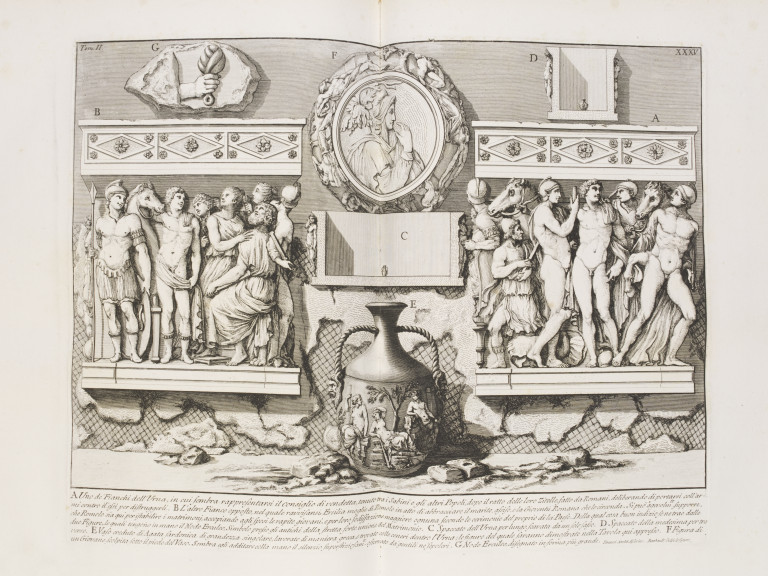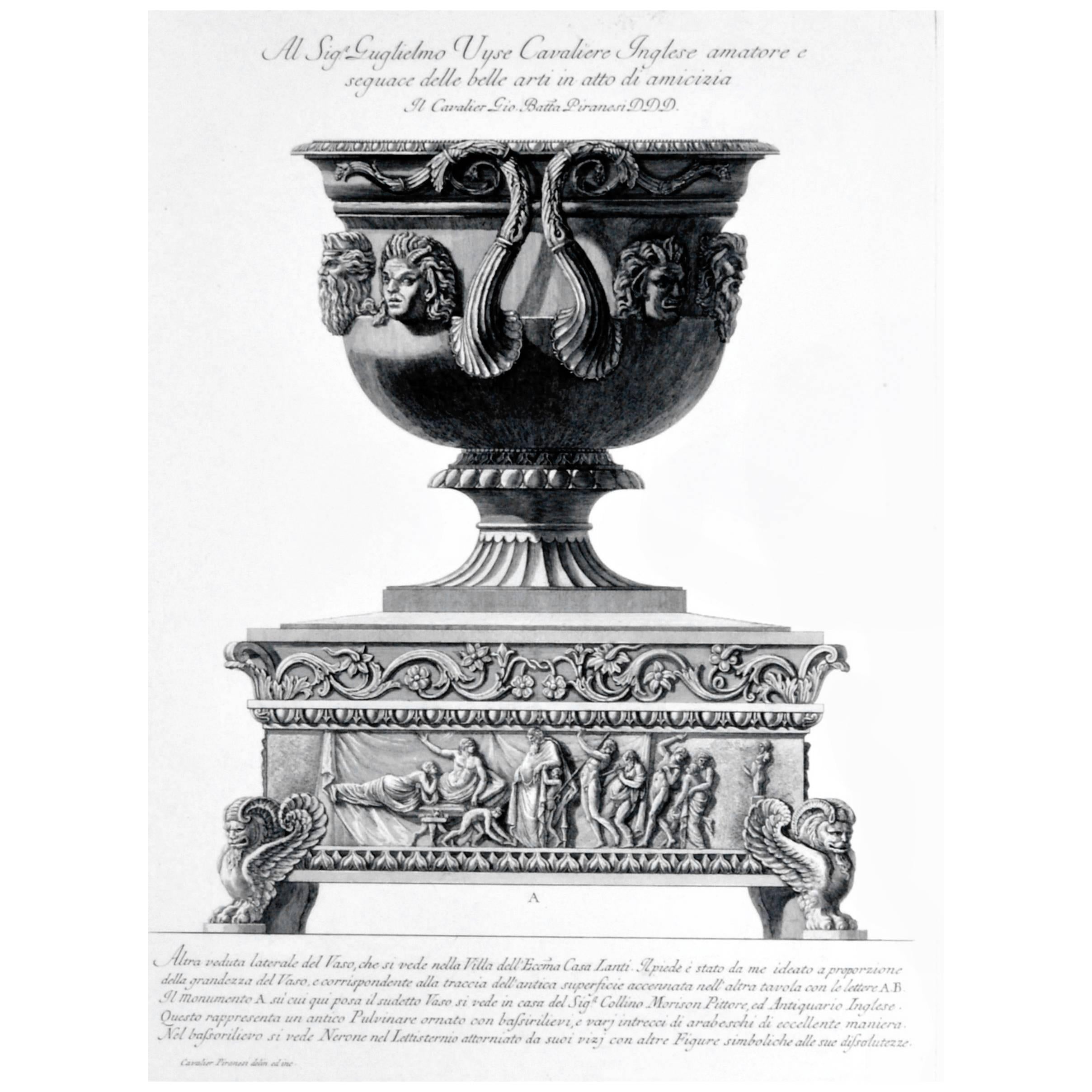

The Art Institute has complete sets of both editions.įirst appearing in the 1740s, Piranesi’s Vedute di Roma ( Views of Rome), a series of 135 prints published over the course of more than 30 years, revolutionized the way in which both ancient monuments and the modern cityscape of Rome were depicted. After printing a first edition around 1749–50, Piranesi thoroughly reworked the plates for a second edition in 1761, making all the designs more ominous and adding two new compositions.

In this series of 14 large etchings Piranesi used his knowledge of Roman architecture and stage design to create cavernous vaulted interiors populated by diminutive figures, labyrinthine staircases and balustrades, and eerie machinery. After a few visits to Venice in the 1740s,during which he probably met the influential painter and etcher Giambattista Tiepolo, he permanently settled in Rome, where he published his most well-known work: the Carceri ( Imaginary Prisons).
#Piranesi plates professional#
Trained in Venice in architecture and engineering, Piranesi was a pioneer in archaeology, and through the wide dissemination of his prints, he became one of the most influential architects, designers, and printmakers of the 18th century.Īfter moving to Rome at the age of 20, Piranesi established professional links with the artist Giovanni Paolo Panini and the architect and surveyor Giambattista Nolli. The Italian artist Giovanni Battista Piranesi is best known for his numerous etchings depicting the monuments of ancient and modern Rome.


 0 kommentar(er)
0 kommentar(er)
